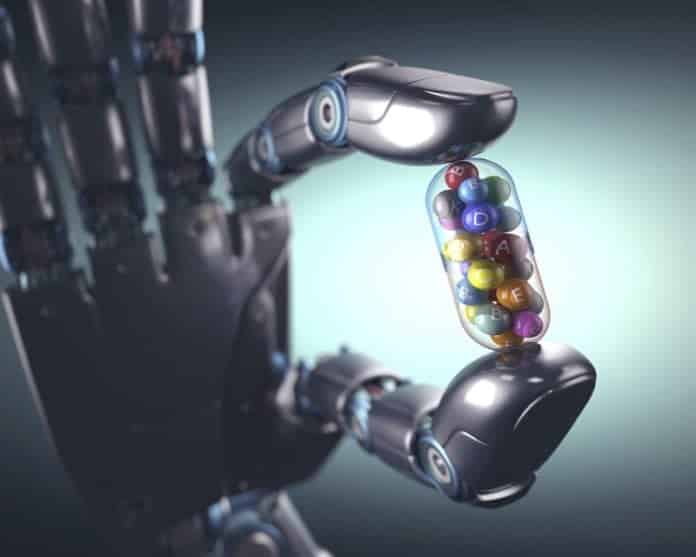Automated Drug Designing Via Machine Learning by MIT Researchers
As it happens, MIT researchers developed a drug model that generates molecules used for therapeutics. Growing and improving medications represents a long and complicated process. Chemists fabricate and modify molecules for different reasons. Sometimes they aim to generate a fresh treatment for a particular disease or cause. Other times, they try to improve a narcotic that already exists. Both way, doing this takes a lot of time and effort, and most important of all, it takes an expert knowledge to make it right.
There are times when attempts result in a negative outcome. But you know what they say. Mistakes are a part of the success. And they’re right because there are times when we fail to do something but times come when everything works better than expected thanks to curiosity, persistence, and a great desire to do something noble.
Know More About Machine Learning In Biotech & Its Job Prospects at –
International AIHTBT 2018 Conference.
This is how researchers at MIT work. They use a machine learning to automate drug design. They stated that their motivation is to replace the ineffective human moderation process of scheming molecules with robotic
replication and guarantee the validity of the molecules they generate.They’ve trained their robotic learning replica on 250,000 molecular graphs. The graphs were basically a comprehensive reflection of a molecule’s structure. After, this model would produce molecules, discover the most suitable base molecules to build off of, and create new molecules with upgraded performance.
Researchers found out that their machine is able to perform tasks more efficiently than other systems created to convert the drug model process. When assigned with generating fresh, valid molecules, each one that was created by the system showed to be valid. This was important to the researchers because reproducing lame molecules is a big disadvantage of other computerization systems that researchers compared to this particular model. The best one showed only 43, 5% validation.
Furthermore, when the model was assigned to discover the best base molecule, it outperformed the rest of the systems. The best one showed only 30% higher on both wanted properties than the best one created by more standard systems.
Finally, when the model was assigned to reproduce 800 molecules in order to improve each one of them for those valuables but resemble the structure of the main molecule, the model created the desired molecules, around 80% of the time.
The fresh molecules scored higher for both properties than the original ones.
The researchers will try-out the model on different pharmaceutical valuables and operate to create a model that functions with a restricted quantity of training data.






























